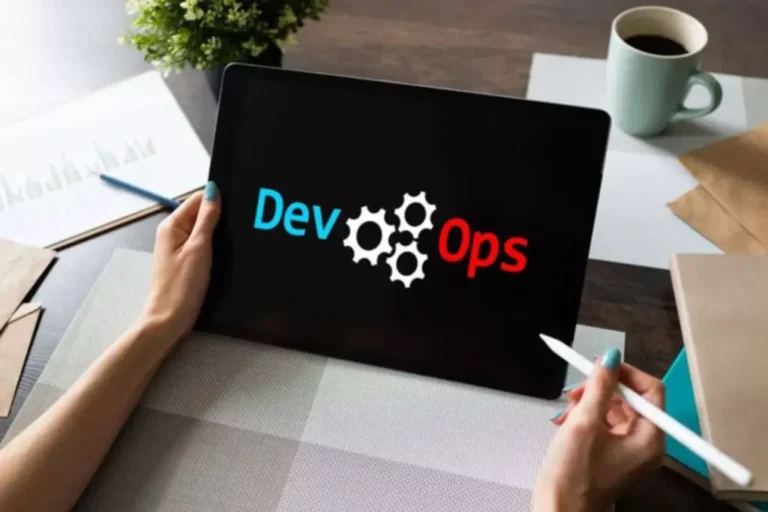Let’s say you could have 4 CPU cores, and you create 4 platform threads, or four kernel threads that are doing very CPU intensive work, like crunching numbers, cryptography, hashing, compression, encoding, no matter. If you’ve 4 physical threads, or platform threads doing that, you are essentially just maxing your CPU. If as a substitute loom java you create 4 digital threads, you’ll basically do the identical amount of work. It doesn’t suggest that when you exchange four virtual threads with four hundred digital threads, you will actually make your software sooner, as a end result of in spite of everything, you do use the CPU. There’s not a lot hardware to do the precise work, however it will get worse. Because in case you have a digital thread that simply keeps using the CPU, it’ll by no means voluntarily suspend itself, because it by no means reaches a blocking operation like sleeping, locking, waiting for I/O, and so forth.
Propping Threads Up By Lacking Their Level
However, chaining a quantity of futures nonetheless results in “callback hell” as we’re basically nesting callbacks, leading to extra complicated and hard-to-read code. As you embark on your own exploration of Project Loom, do not overlook that while it offers a promising future for Java concurrency, it’s not a one-size-fits-all solution. Evaluate your application’s specific needs and experiment with fibers to determine where they will make the most vital influence.
High-performance Knowledge Analysis With Polars: A Complete Information
But we also wish to appropriate previous design errors and start afresh. The value of creating a brand new thread is so high that to reuse them we happily pay the price of leaking thread-locals and a fancy cancellation protocol. This is not a elementary limitation of the concept of threads, but an accidental function of their implementation within the JDK as trivial wrappers round working system threads. OS threads have a excessive footprint, creating them requires allocating OS assets, and scheduling them — i.e. assigning hardware resources to them — is suboptimal.
Spring Framework & Cloud Native: How Spring Empowers Cloud Native Development
A virtual thread can not run itself, however it stores the data of what must be run. In other words, it’s a pointer to the advance of an execution that can be yielded and resumed later. The way we begin threads is somewhat different since we’re utilizing the ExecutorService. Every call to the submit method requires a Runnable or a Callable instance.

Virtual threads can make the most of the CPU extra efficiently, also useful resource utilization is much better. It can, and it in all probability will (probably only for native recordsdata, as io_uring’s performance features over epoll aren’t consistent, and the implementation itself frequently has security vulnerabilities). However, this solely shifts the problem instead of absolutely solving it. In trendy Java, we usually don’t handle threads directly. Instead, we use the Executors framework added years ago in Java 5.
The variety of platform threads is limited to the number of OS threads. While virtual threads won’t magically run every little thing sooner, benchmarks run towards the current early entry builds do indicate you could get hold of similar scalability, throughput, and performance as when using asynchronous I/O. Developing using digital threads are near identical to growing utilizing traditional threads. The enhancement proposal adds several API strategies for this.
- It is prone to be attainable to reduce back the contention in the standard thread pool queue, and enhance throughput, by optimising the current implementations utilized by Tomcat.
- Because subclassing platform courses constrains our capability to evolve them, it’s one thing we want to discourage.
- Java has had good multi-threading and concurrency capabilities from early on in its evolution and may effectively make the most of multi-threaded and multi-core CPUs.
- In explicit, in most cases a Java programmer uses the Executors utility class to supply an ExecutorService.
Moreover, you possibly can management the initial and most measurement of the carrier thread pool using the jdk.virtualThreadScheduler.parallelism, jdk.virtualThreadScheduler.maxPoolSize and jdk.virtualThreadScheduler.minRunnable configuration choices. These are immediately translated to constructor arguments of the ForkJoinPool. Things are totally different, nevertheless, with datagram sockets (using the UDP protocol). To obtain the performance objectives, any blocking operations must be dealt with by Loom’s runtime in a special way. Let’s investigate how this special handling works and if there are any nook cases when programming utilizing Loom.

Tanzu Spring offers support and binaries for OpenJDK™, Spring, and Apache Tomcat® in one easy subscription. Read on for an outline of Project Loom and how it proposes to modernize Java concurrency.

We can use all of the acquainted synchronous APIs with out paying a high worth in throughput. Every task, within cause, can have its own thread entirely to itself; there could be by no means a have to pool them. If we don’t pool them, how will we restrict concurrent entry to some service? The introduction of digital threads doesn’t take away the prevailing thread implementation, supported by the OS. Virtual threads are only a new implementation of Thread that differs in footprint and scheduling.

In the preview build of Java, name the brand new Executors.newVirtualThreadPerTaskExecutor() to get an executor service backed by digital threads. Today, each occasion of java.lang.Thread in the JDK is a platform thread. A platform thread runs Java code on an underlying OS thread and captures the OS thread for the code’s whole lifetime.
They just weren’t always used, given the simplicity/ease of counting on the limits/bottlenecks of a restricted number of platform threads. In Java, and computing normally, a thread is a separate move of execution. With threads, you possibly can have a quantity of things happening at the identical time. Project Loom, with its introduction of fibers, drastically simplifies concurrent programming, while additionally considerably bettering efficiency even underneath heavy loads. This makes it the much-needed leap that Java has made in concurrent programming, which ought to excite each Java developer.
Virtual threads do not require or count on utility code to explicitly hand management back to the scheduler; in other words, virtual threads are not cooperative. User code should not make assumptions about how or when virtual threads are assigned to platform threads any greater than it makes assumptions about how or when platform threads are assigned to processor cores. This piece of code is type of fascinating, as a result of what it does is it calls yield operate. It voluntarily says that it not wishes to run as a outcome of we requested that thread to sleep. Unparking or waking up means mainly, that we would like ourselves to be woken up after a sure time frame. Before we put ourselves to sleep, we’re scheduling an alarm clock.
Virtual threads were initially launched as a preview function in JDK 19 JEP 425and continued as a preview characteristic in JDK 20 by way of JEP 436. In JDK 21, with JEP proposing to finalize digital threads, two significant adjustments have been made. Firstly, digital threads will all the time help thread-local variables, enhancing compatibility with current libraries and easing the migration of task-oriented code. Secondly, virtual threads are created immediately with the Thread. Builder API will now be monitored and observable by way of the new thread dump by default.
In the start, we launched the reason behind the introduction of virtual threads within the JVM. We made some examples of pinned threads, and at last, we saw how some old best practices are now not legitimate when using virtual threads. We can run the above method also with the jdk.tracePinnedThreads property set to see that no thread is pinned to its service thread in the course of the execution.
Transform Your Business With AI Software Development Solutions https://www.globalcloudteam.com/
